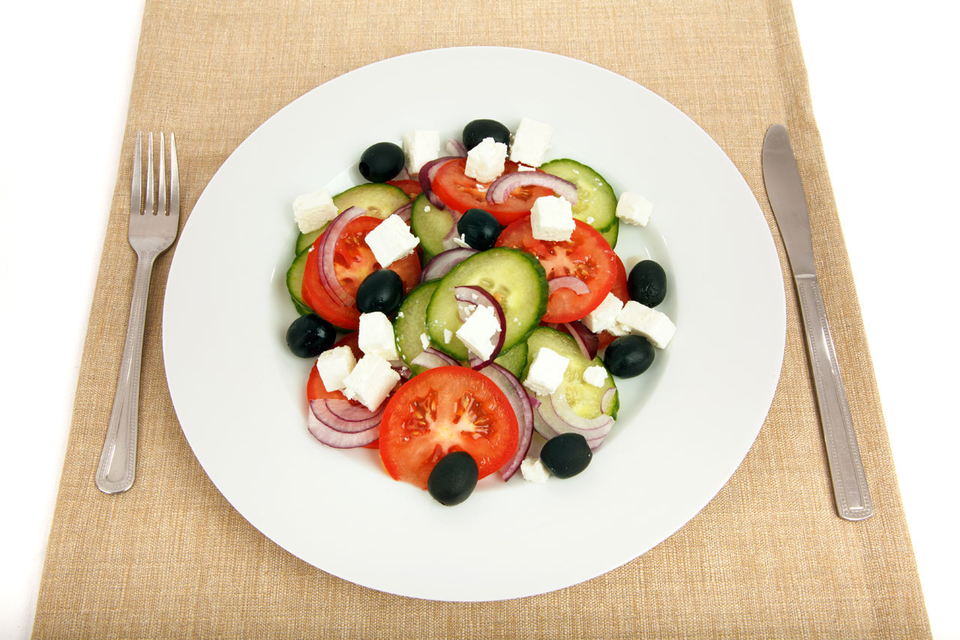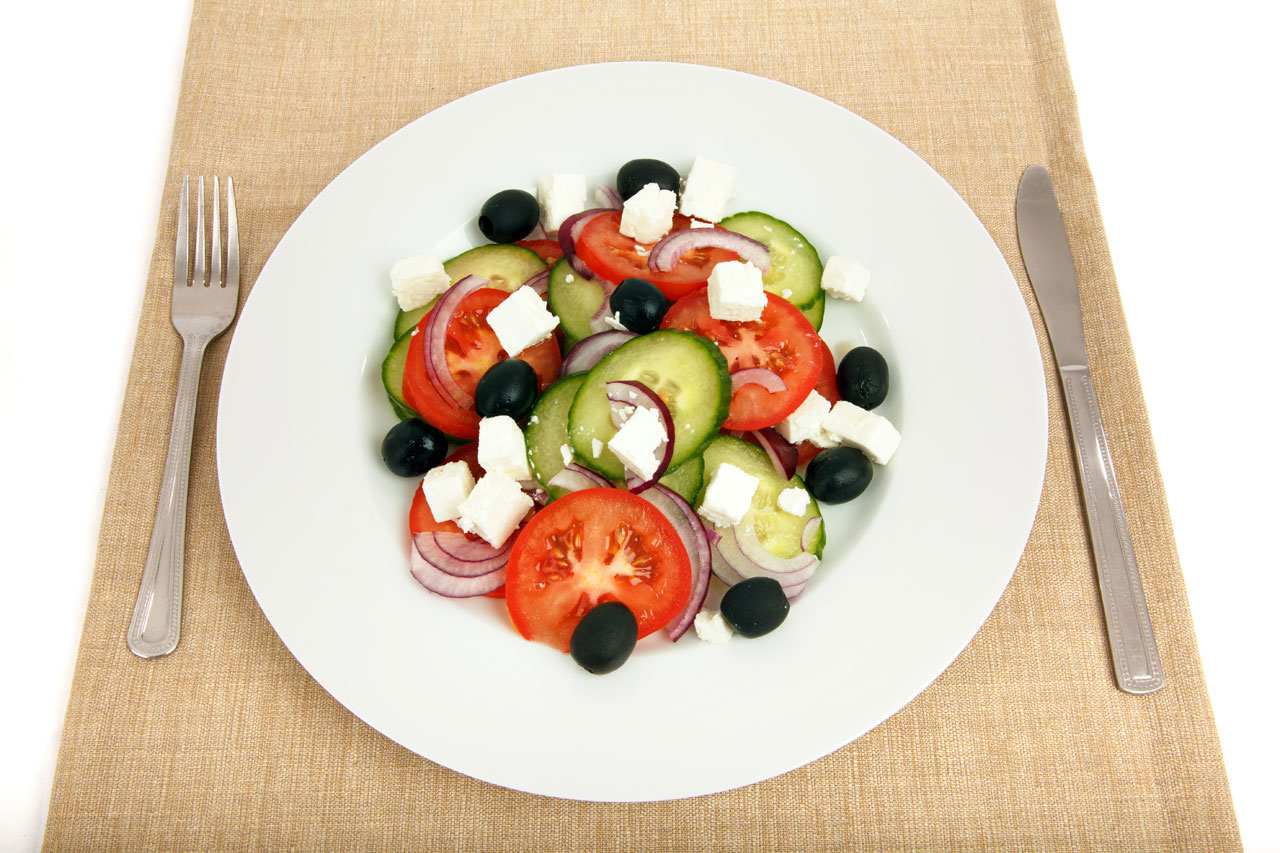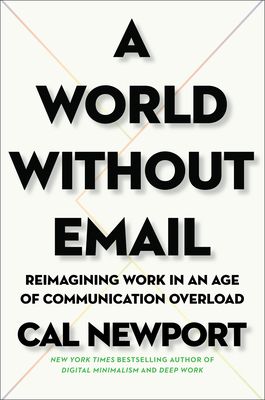What does your salad look like?


I’m a big fan of a salad. It is a healthy way to get energy and nutrients into my system without feeling heavy and lethargic. Most of the time I make and eat these at home. My salads are made up of a variety of ingredients because of both taste and focus of what I put into my body. I put extra effort in by purchasing quality ingredients (i.e. organic), washing/chopping and then assembling it all to make something delicious. This reflects on the importance of the food I consume is so I can be the healthy person I want to be for the long-term.
When I eat out I try and do the same thing. Salads made outside of my home typically fall far short of what I produce at home. The ingredients aren’t as diverse, the quality is less and the quantity of ingredients are a major letdown. The best example is the tomato. Restaurants and eateries will make salads with lettuce, tomato and other ingredients such as onions, radish and avocado etc. Recently I have noticed many instances where my purchased salad is 95% lettuce with perhaps one small piece of tomato; when the menu clearly indicated tomatoes (e.g. plural).
Building a salad is similar to producing products and services. They are sourced from research, prepared by washing / chopping and assembled together based on your preference, skills, tools and creativity (and maybe love). The result is something unique to you and differentiated to someone else; your brand. When you start skimping on key ingredients it shows. When you use lower quality ingredients it shows. It labels your product or service as poor, tasteless, common and inferior. What does your salad look like?




